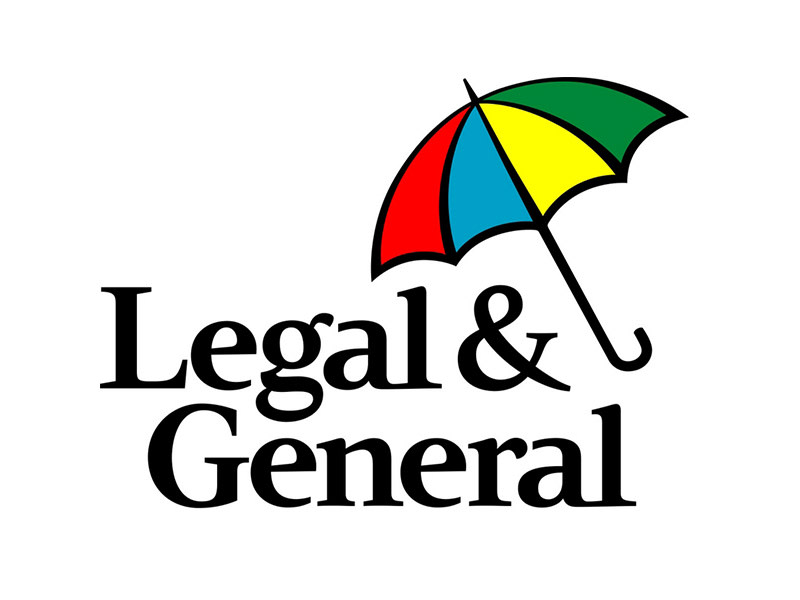Legal & General is one of the UK’s leading providers of passive funds
We think this fund is an excellent option for accessing the UK gilt market
The fund is a simple, low-cost way to track the FTSE Actuaries UK Conventional Gilts All Stocks Index
This fund currently features on our Wealth Shortlist of funds chosen by our analysts for their long-term performance potential
How it fits in a portfolio
Gilts are bonds issued by the UK government. When buying them, you’re effectively lending money to the government. They’re typically viewed as lower risk, because it’s unlikely the government would default on its bonds, though it’s not guaranteed. Gilts can also pay an income, but this has tended to be lower than corporate bonds.
The Legal & General All Stocks Gilt Index fund invests solely in gilts which provide exposure to the UK government debt market. Funds that just invest in one type of investment can increase concentration risk so they should only form a small part of a well-diversified portfolio.
An index tracker fund is one of the simplest ways to invest, and we think this fund could be a good, low-cost starting point for an investment portfolio aiming to provide a combination of income and growth. It could be a good addition to a more conservative portfolio or could diversify a portfolio focused on shares or corporate bonds.
Manager
Legal & General has run index tracker funds for over 30 years and is one of the largest providers of index funds in the UK. That means it’s got the resources and expertise to track indices as closely as possible, and the scale to keep charges to a minimum.
Each fixed income index fund at Legal & General has a primary and secondary manager, though in practice the team as a whole helps to manage each fund. Alongside the wider team, Ciera Radia is the primary manager responsible for this fund. She joined Legal & General from Schroders in 2018 as a fund management analyst and worked her way up to become a fund manager in the fixed income index team. Tim Beaven is the secondary manager. He started his career with Legal & General in 1980 and has over 30 years’ experience covering all aspects of cash, currency and bond fund management
Process
This fund tracks the performance of UK gilts as measured by the FTSE Actuaries UK Conventional Gilts All Stocks Index. It does this by investing in every gilt in the index and in the same proportion. This is known as full replication and helps to closely match the performance of the index.
The fund is currently made up of 68 gilts with varying maturities. This includes some green gilts which are debt issued by the UK government to finance projects that have clearly defined environmental benefits.
In any index tracker fund, costs drag on performance and higher costs can lead to a bigger tracking difference between the fund and its benchmark. Legal & General use different strategies in an attempt to keep costs as low as possible. For example, they will try to reduce trading within the fund as it drives up costs.
If a new gilt is added to the underlying index, the team may wait until the price is lower before buying it for the fund. This again reduces costs which helps keep it in line with its benchmark.
Legal & General is a conservative tracker fund manager. They don't lend investments in their fixed income funds like some other companies do.
Culture
Legal & General has developed its passive fund range over the last three decades. The company manages around £500bn in tracker funds, allowing it to offer a wide range of index-tracking options.
It’s built a team of experienced passive fund specialists and they’re innovative too. If an index doesn’t exist for a sector they’d like to track, they’ll often work with index providers to create a suitable index for them to track.
The team managing this fund work closely with various risk departments across the business. We believe this provides support and adds challenge where appropriate.
Employees are also encouraged to participate in Legal & General’s share save scheme which should encourage them to be more engaged with the growth of the company. In addition, a portion of fund managers’ bonuses are invested into the funds they manage. By doing this, their interests are further aligned with the investors in the fund.
ESG Integration
Legal & General Investment Management (LGIM) is predominantly a passive investor, but we are impressed with the extent to which they have woven Environmental, Social and Governance (ESG) into their culture. Being a mostly passive fund house hasn’t stopped them being innovative when it comes to ESG. In May 2019, the firm launched its ‘Future World’ range of funds, though the All Stocks Gilt Index Trust isn’t part of this range.
These funds track indices that increase investments in companies that score well on a variety of ESG criteria – from the level of carbon emissions generated, to the number of women on the board and the quality of disclosure on executive pay. They also reduce exposure to companies that score poorly on these measures. The funds also adopt a decarbonisation pathway. This means they’re managed to achieve at least a 7% reduction in carbon emissions per year until 2050.
In 2019, LGIM established its Global Research and Engagement Platform, which brings together representatives from the investment and stewardship teams, in order to unify their engagement efforts. Engagement is conducted in line with the firm’s comprehensive engagement policy. A detailed description of the firm’s engagement and voting activity (including case studies) is available in its annual Active Ownership report. Quarterly Engagement reports are also available.
LGIM’s Stewardship team is responsible for exercising voting rights globally, both for LGIM’s active and index funds. Voting decisions are publicly available through a tool which allows a user to search for any company to find out how LGIM voted, and a detailed rationale is provided for votes against management and abstentions.
As the Legal & General All Stocks Gilt Index fund tracks an index of gilts, it does not specifically integrate ESG considerations into its investment process.
Cost
The fund has an annual ongoing annual fund charge of 0.15%, but a discount of 0.07% is available for HL investors, which reduces the charge to 0.08%. We believe this is good value when compared with other gilt tracker funds on the HL platform. Our platform charge of up to 0.45% per annum also applies, except in the HL Junior ISA, where no platform fee applies.
Please note charges can be taken from capital, which can increase the income paid but reduces the potential for capital growth.
Performance
The fund has tracked the FTSE Actuaries UK Conventional Gilts All Stocks Index closely over the last 10 years. As is typical of index funds, it’s fallen behind the benchmark over the long term because of the costs involved. However, the tools used by the managers have helped to keep performance tight to the index.
It’s been a volatile year for bond markets. Over the last 12 months to the end of March*, the fund returned -0.68% versus -0.72% for the index.
There was a strong rally in bonds at the end of 2023 led by the expectation that interest rate cuts were on the horizon. But bonds sold off in the first half of 2024 as most major central banks held off on lowering rates.
Bond yields move in the opposite direction to prices. Usually, when interest rates are cut, bond yields fall, and prices rise. But in 2024 yields fell in anticipation of rate cuts and rose when cuts didn’t come.
The Bank of England (BoE) lowered interest rates in August after holding rates at a 16 year high for a full year. Even though the BoE has continued to lower rates, yields have risen, and prices have fallen. UK gilt yields rose to their highest levels in decades at the beginning of the year. This was driven by concerns over inflation, potential tariffs from Trump, increased government borrowing and lower growth prospects.
The yield for the Legal & General All Stocks Gilt Index Trust was 4% as of the end of February 2025. Yields aren’t guaranteed and shouldn’t be considered a reliable indicator of future income.
Given Legal & General’s size, experience and expertise running index tracker funds, we expect the fund to continue to track the index well in the future, though there are no guarantees.
Annual percentage growth
Mar 20 – Mar 21 | Mar 21 – Mar 22 | Mar 22 – Mar 23 | Mar 23 – Mar 24 | Mar 24 – Mar 25 | |
|---|---|---|---|---|---|
Legal & General All Stocks Gilt Index Trust | -5.60% | -5.35% | -15.99% | -0.16% | -0.68% |
FTSE Actuaries UK Conventional Gilts All Stocks Index | -5.70% | -5.43% | -16.39% | -0.03% | -0.72% |


